His portraits subvert visual stereotypes, revealing his subjects’ poignant human dignity, while his biblical-themed paintings combine a spiritual yearning with a tactile sense of place. Tanner was the eldest child of future African Methodist Episcopal Church bishop Reverend Benjamin Tucker Tanner and Sarah Tanner, who escaped enslavement via the Underground Railroad. His unusual middle name was an homage to abolitionist John Brown’s 1856 battle against pro-slavery forces in Osawatomie, Kansas.
A talented young artist, Tanner enrolled at the Pennsylvania Academy of the Fine Arts in 1879, as the only Black pupil. A student of controversial and influential realist Professor Thomas Eakins, Tanner’s classes included live model drawing, anatomical study, and cadaver dissection, which helped develop his masterful realistic style. After exposure to Impressionism, Tanner integrated bold, expressive brushstrokes and a fascination with light and color into his work. His art style oscillated between meticulous realism and fluid impressions, and was sometimes a synthesis of both.

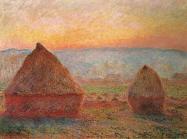


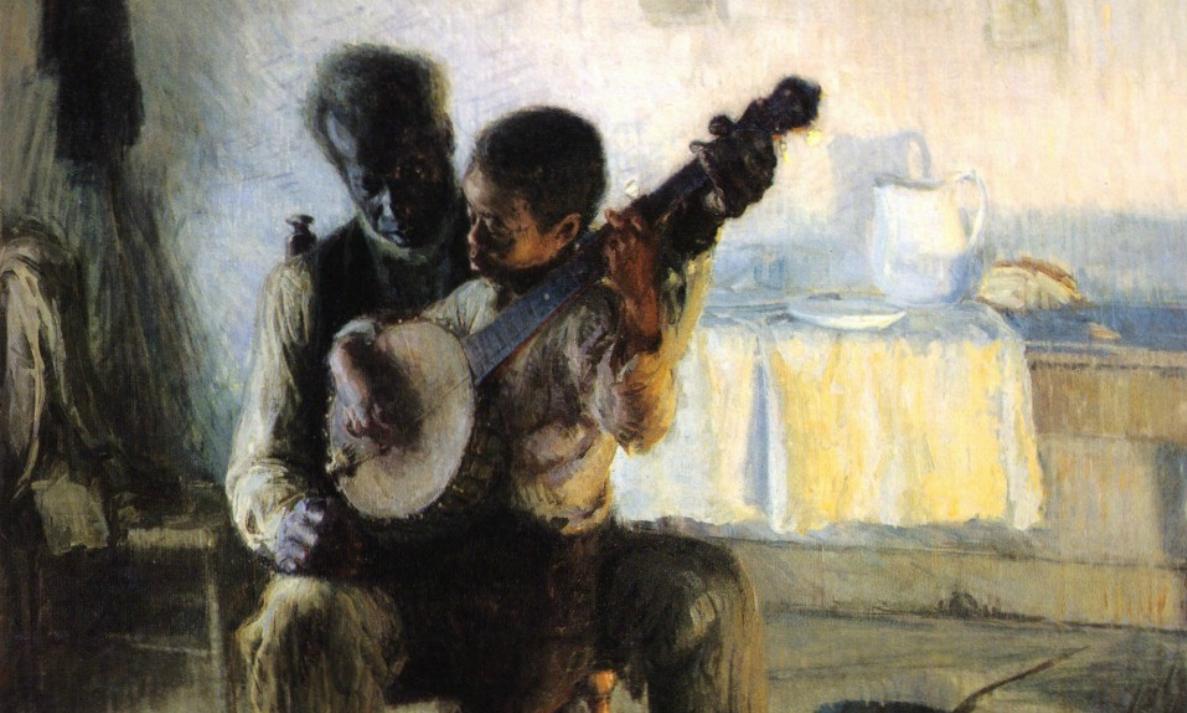

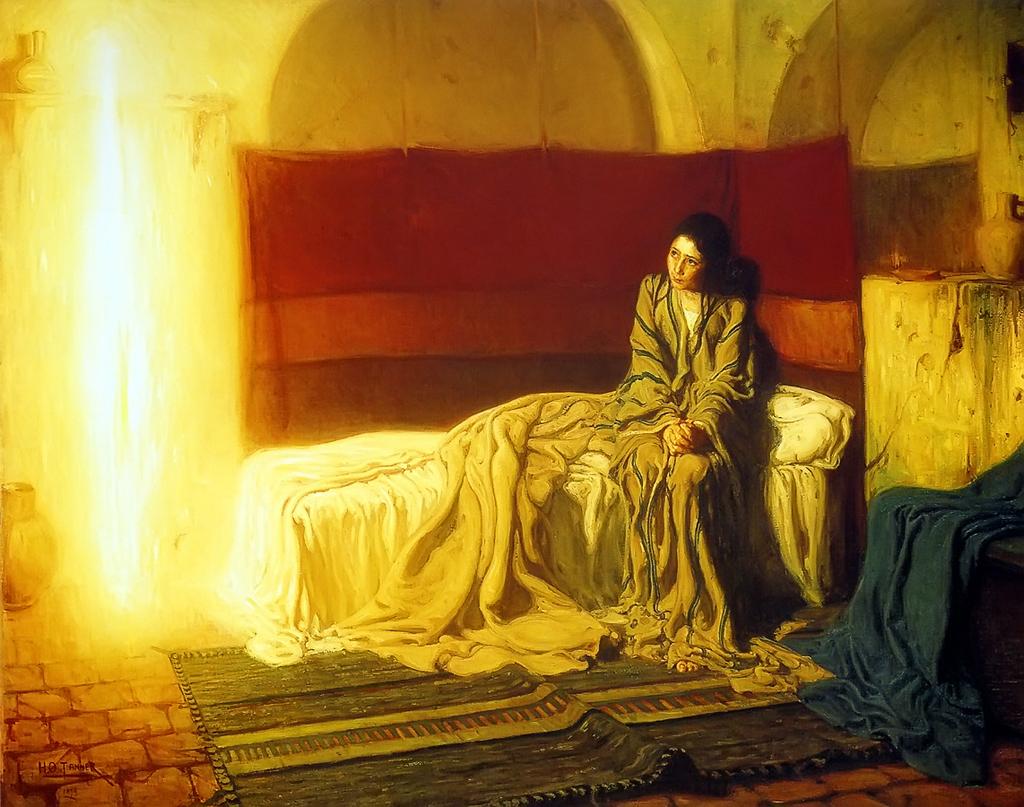
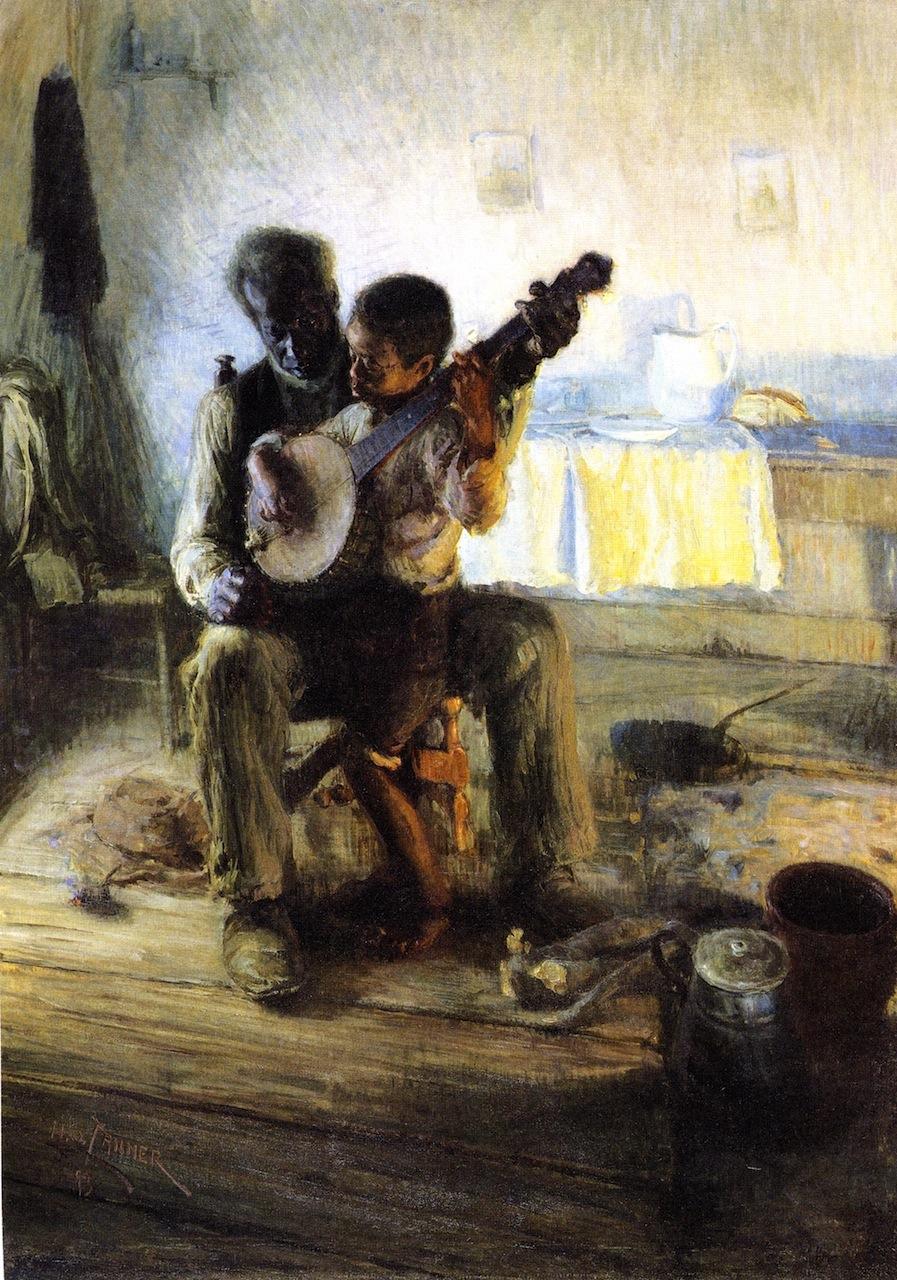
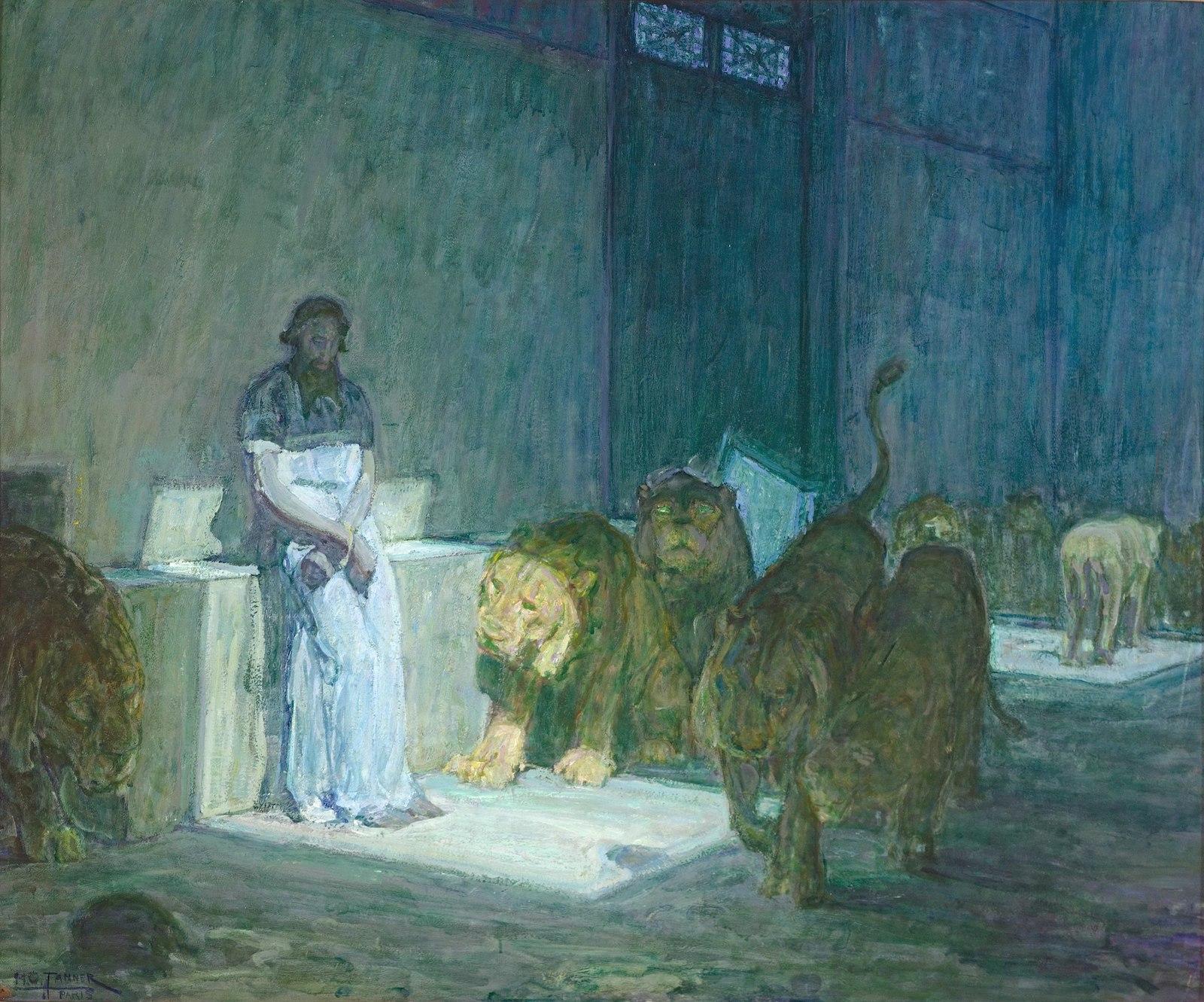
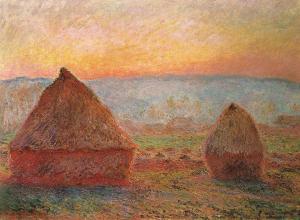
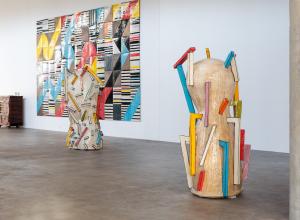















![DEl Kathryn Barton [Australian b. 1972] the more than human love , 2025 Acrylic on French linen 78 3/4 x 137 3/4 inches 200 x 350 cm Framed dimensions: 79 7/8 x 139 inches 203 x 353 cm](/sites/default/files/styles/image_5_column/public/ab15211bartonthe-more-human-lovelg.jpg?itok=wW_Qrve3)


